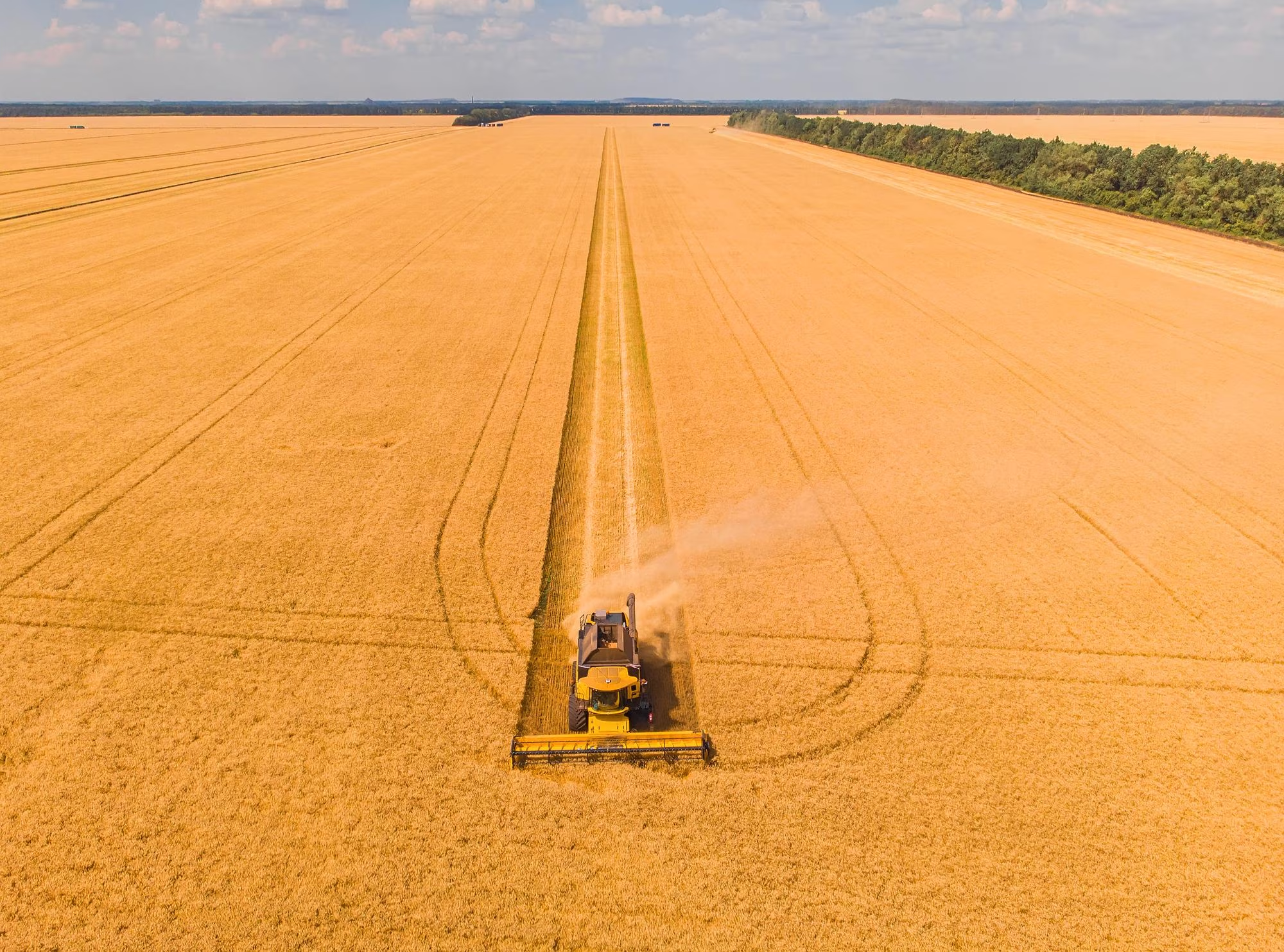
Despite stereotypes always looming nearby, it is unquestionable that pasta is one of the crucial elements of the Italian diet, also representing an international excellence. However, in the past year, the price of this product has exponentially increased, both due to general inflation and the production of wheat and flour necessary for Italian pasta.
But what is the connection between the rising prices of pasta and the war in Ukraine? By retracing the steps, it is important to highlight that in 2021, Italy did not import durum wheat from Ukraine, while less than 1% of the total meal requirement came from Russia. Moreover, it should be noted that there was an 80% increase in the price of wheat in 2021, a period when the war in Ukraine was not even remotely imaginable. This increase was undoubtedly a result of the accumulation of essential goods by certain states, driven by memories of the rush experienced during the Covid-19 pandemic, further exacerbated by international speculation. When combined with the rising costs of energy and packaging, it is evident that a precarious situation becomes dramatic.
The “granary of Europe” – as Ukraine is vulgarly referred to – thus only marginally affects the Italian market, being far from more important suppliers for the Italian pasta sector such as France, Canada, and Hungary. These countries mainly provide Italy with supplies of soft wheat, which is essential for producing flour for bread and pastries. It is on this point that the emphasis lies, on explaining the crisis in pasta prices. With the Russian invasion of Ukraine, Hungary decided to suspend cereal exports, primarily to ensure it could meet its own needs in case the production and trade of Ukrainian wheat were disrupted. When added to the uncertainty about the timeline for resolving the conflict, it is inevitable that markets will assign greater value to grain reserves, increasing their purchasing power, and consequently driving up grain exchange prices. This is another reason why Hungary chose to keep the quotas that are typically exported, as wheat has become a genuine economic asset.
During the summer, Turkish President Erdogan also intervened in the “grain game,” having Russia and Ukraine sign an agreement to allow a corridor in the Black Sea for exporting food products. This resolved a situation where Ukrainians were unable to export their wheat due to attacks on ports, and the Russians were determined not to sell wheat due to “national security” concerns. Erdogan’s move certainly helped alleviate the effects of the grain export crisis, albeit at the expense of the international geopolitical situation. With this decision, Turkey criticized both the United States for their harsh approach to diplomatic dealings with Russia and Sweden and Finland, which did not accept Turkey’s request to extradite Kurdish figures in exchange for Turkey’s favorable vote for their entry into NATO.
If this situation were not problematic enough, in the early months of 2023, a document jointly signed by Bulgaria, Poland, the Czech Republic, Romania, Slovakia, and Hungary denounced how the increase in Ukrainian wheat exports, facilitated by Erdogan’s promoted corridor, was putting European agricultural producers in difficulty. In response to the conflict, the European Union implemented measures to support trade between European countries, resulting in investments in this sector, only to find themselves facing a low-cost competitor as critical production elements disappeared. The consequences are unpredictable, considering that the signing countries have embarked on progressive paths to stop importing Ukrainian wheat, which could be extended to the entire EU.
How does all this relate to the Italian market? Simply put, the instability of the political situation and the extreme price volatility lead pasta makers to raise prices to ensure sufficient profits to cover raw material costs, regardless of the international geopolitical situation. However, this creates a bizarre economic situation: durum wheat is currently purchased in Italy for approximately €0.36 per kilogram, a value that does not even cover production costs and represents a 30% decrease compared to 2022 prices. Meanwhile, pasta prices have increased by double the inflation rate. Additionally, there has been a lack of investment in Italian production. The Ministry of Agriculture predicts a decline of over one million hectares of cultivated land for durum wheat, a 2% decrease that does not help stabilize the price and supply chain.
The Italian challenge now lies in advocating for more defined stability in the market through appropriate channels, while simultaneously taking action on a national level to halt the decline in production. By ensuring an increased supply of raw materials while excluding them from speculation, the price of pasta will once again become sustainable for Italian families.



 Subscribe
Subscribe